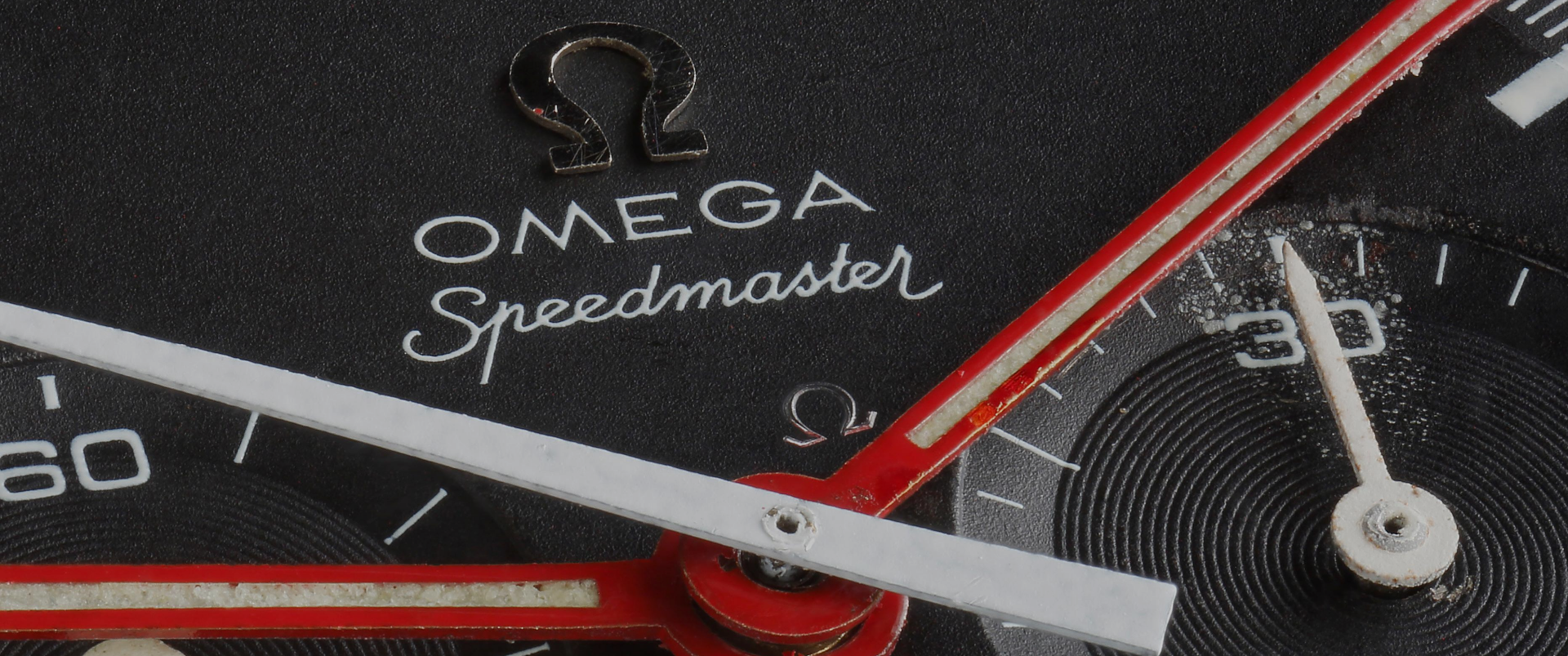Watch Bezel Guide: functions, materials, and collectible value

The case of a watch is its protective shield — but it is the bezel that frames the dial, defines the character, and often provides essential functionality. Frequently perceived as a simple decorative ring, the bezel is actually a key component whose design, materials, and mechanism directly influence the readability, durability, and intended use of a timepiece.
In this in-depth guide, we explore the evolution, primary functions, and collectible importance of this crucial element in fine watchmaking.
The Multifunctional Role of the Bezel
The bezel is the ring surrounding a watch’s crystal, and it can be either fixed or rotating. While its primary mechanical purpose is to secure the crystal to the case and aid water resistance, its true value lies in its functional applications — the so-called “bezel complications.”
Its presence is crucial for legibility and defining a watch’s identity, as demonstrated by the following functional types:
-
Tachymeter Bezel (Fixed): found mostly on sporty chronographs (such as the Rolex Daytona and Omega Speedmaster). This scale allows the measurement of average speed over a known distance (typically 1 km or 1 mile) using the chronograph to time the interval.
-
Diver’s Timing Bezel (Unidirectional Rotating): a signature of professional dive watches. It is used to measure elapsed or remaining dive time. The rotation is unidirectional (counterclockwise only) for safety: if moved accidentally, it will show less remaining time — providing a protective margin for oxygen.
-
GMT Bezel (Bidirectional Rotating): found in dual-time watches to track a second (or third) time zone. The bezel is generally graduated over 24 hours and works in sync with a dedicated GMT hand, allowing global timekeeping at a glance.
-
Compass Bezel (Rotating): less common, used in exploration watches. It relies on alignment with the sun and local time to determine cardinal directions.
Materials: from practical beginnings to the triumph of ceramic
The evolution of bezel materials mirrors the broader development of modern watchmaking — from functional solutions to durability and luxury-oriented choices.
The Era of Aluminum and Steel
For decades, rotating bezels were made from anodized aluminum or engraved stainless steel:
-
Aluminum: lightweight and inexpensive, but susceptible to scratches and UV-related fading.
-
Steel: durable and corrosion-resistant, but more prone to surface scratches.
The Rise of Ceramic (Cerachrom, Ceragold, etc.)
The true turning point came with the introduction of high-tech ceramic — popularized by Rolex and later adopted widely by Omega, Tudor, and others. Produced through advanced sintering processes, ceramic redefined durability and luxury standards:
-
Scratch Resistance: extremely hard — second only to diamond.
-
Color Stability: color is intrinsic to the material and will not fade over time, even after long exposure to sunlight or saltwater.
-
Premium Finish: deep, uniform shine that dramatically enhances perceived luxury.
Alongside ceramic, fine watchmaking continues to employ precious metals such as gold and platinum — often paired with diamonds or gemstones for fixed bezels — emphasizing the jewelry aspect of a timepiece.
Iconic bezels and their impact on collectors
Some bezels are not just components — they are design icons that define the watch itself and strongly influence its market value.
-
Rolex Submariner (Dive Bezel): the unidirectional rotating bezel of the Submariner is the ultimate reference in diving watches. Early aluminum bezels with natural fading — known as “ghost bezels” — are especially prized.
-
Rolex GMT-Master (Pepsi, Coke, Batman): its bi-color bezel is not merely decorative: lighter tones mark daytime hours, darker ones nighttime. These color codes have become legend, birthing nicknames and massive premium valuations.
-
Omega Speedmaster (Tachymeter Bezel): the black tachymeter bezel is inseparable from the Speedmaster’s racing — and later lunar — identity. Collectors obsess over details such as the vintage “dot over ninety” typography.
In the vintage market, bezel originality and wear dramatically influence price. An original faded insert with honest patina can be far more valuable than a modern replacement — because it tells the watch’s true story.
Bezel: a key Criterion in evaluation
For watch enthusiasts and collectors, the bezel is as critical to study as the movement itself. Its originality and historical consistency provide essential clues to authenticity and value.
When evaluating a watch — especially a sport or dive model — the bezel can reveal:
-
Originality: is it correct for the model reference and year? Was it replaced during servicing?
-
Condition: is it overly polished or damaged in a way that compromises use?
-
Patina: natural aging or color fading in vintage models can become a highly desirable value-multiplier.
Recognizing these subtleties requires expert eyes. Relying on a trusted professional is essential to decode the history and authenticity of a watch, ensuring every component — including the bezel — matches its true market value.
To explore watches whose excellence lies also in the quality and history of their bezels, visit andreafoffi.com.



